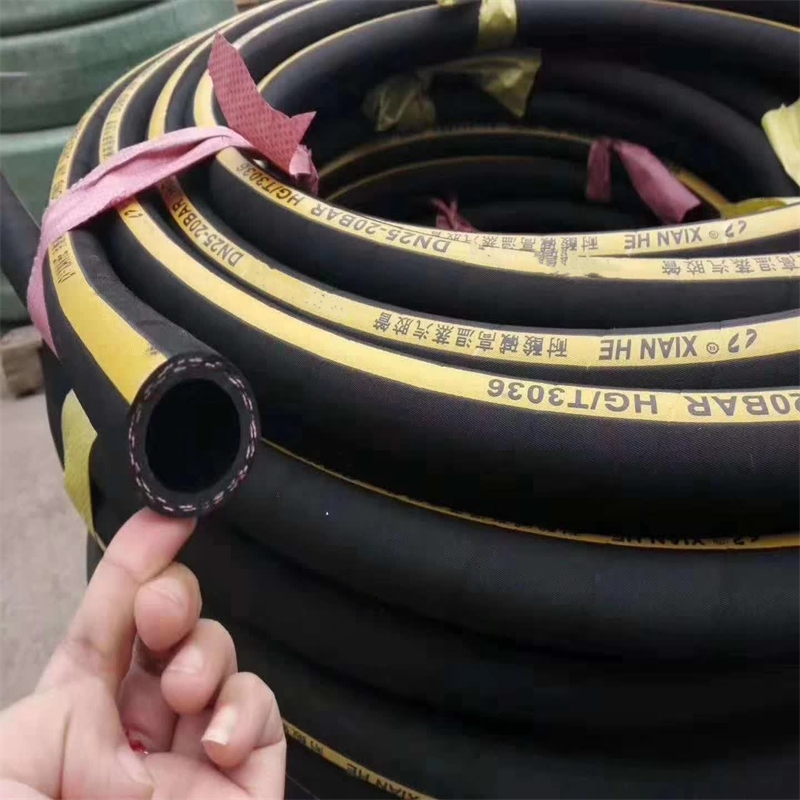Suggestions for rubber tube storage
Due to the natural properties of rubber, the physical properties and performance levels of all rubber products will change. Usually, such changes occur over time depending on the type of rubber used. But it may also accelerate changes due to several factors or a combination of several factors. Other materials used to reinforce rubber hoses may also be negatively affected by improper storage conditions. The following recommendations include a series of preventive measures to minimize the aging of objects during storage.
- Storage time
A rotation plan system should be adopted to minimize the storage time of rubber pipes. If long-term storage cannot be avoided and the following suggestions cannot be followed, the rubber tube should be thoroughly inspected before use. - Physical storage conditions
The storage of rubber hoses must avoid mechanical pressure, including excessive stretching, compression, or deformation, and avoid contact with sharp or sharp objects. Rubber tubes should be stored on suitable supports or placed on dry ground first. The rubber tubes for coil packaging must be stored horizontally and should not be stacked. If stacking cannot be avoided, the stacking height should not cause permanent deformation of the rubber tube underneath. As one of the regulations, try to avoid the rubber tube from being wrapped around the column or hook as much as possible. If the rubber tube is shipped as a straight pipe, it is recommended to store it horizontally without bending it. - Contact with other materials
Rubber hoses must not come into contact with solvents, fuels, oils, fats, unstable chemicals, acids, disinfectants, or general organic liquids. Moreover, any type of rubber will be damaged upon contact with certain materials or mixtures, including manganese, iron, copper, and their alloys. Rubber pipes should be avoided from coming into contact with polyvinyl chloride (PVC) or wood or cloth soaked in synthetic oil. - Temperature and humidity
Suggested storage temperature: 10 ° C to 25 ° C. Attention: Do not store rubber hoses at temperatures above 40 degrees Celsius or below 0 degrees Celsius. Special caution should be exercised when moving rubber hoses below minus 15 degrees Celsius. Rubber tubes should not be stored near heat sources, and the relative humidity should not exceed 65%. - Exposure to heat sources
The temperature limit mentioned in the fourth point must be followed. If it cannot be achieved, insulation devices should be used to protect rubber pipes from heat sources. - Exposure to light
The storage room used for storing rubber hoses should be kept dark, especially avoiding direct sunlight or strong artificial light shining on the rubber hoses. If there are any openings in the storage room that are covered with windows or glass, they should be covered. - Exposure to oxygen and ozone
Rubber tubing should be properly packaged or stored in a sealed container to avoid exposure to air. Equipment that is prone to releasing ozone should not be placed in the storage room, as ozone has a particularly strong impact on all rubber products. - Exposure to electric or magnetic fields
The storage room should avoid any situation that may generate electric or magnetic fields, including exposure to high-voltage cables or high-frequency generators.



